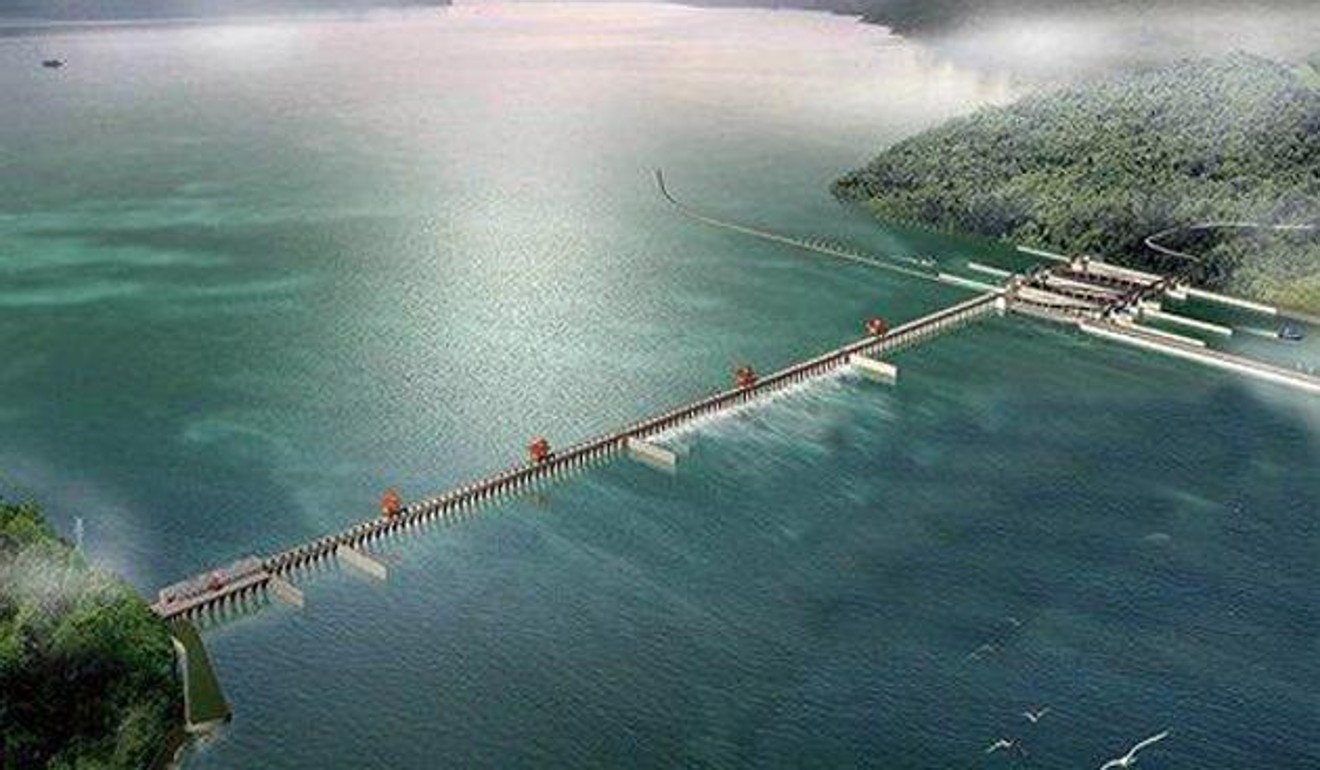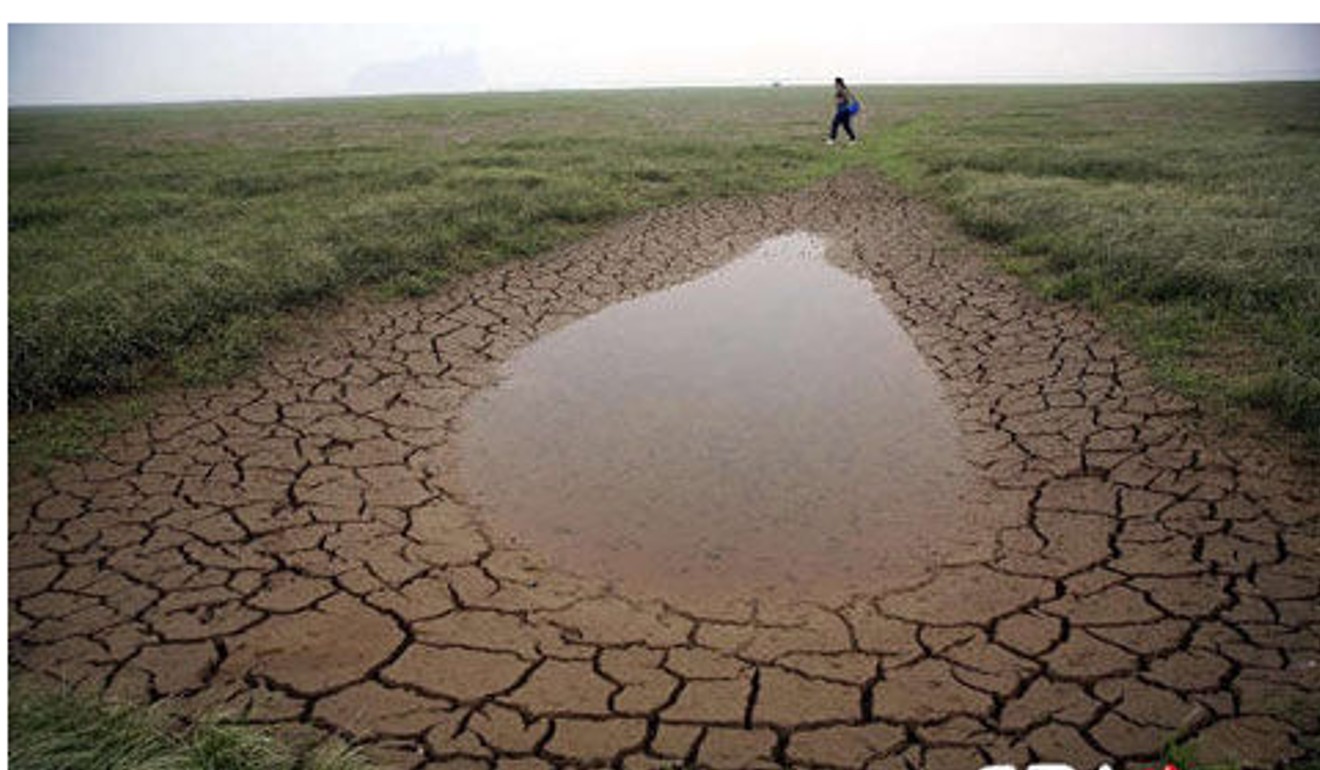
Water scheme threatens Yangtze River porpoises with extinction, scientist warns
Only about 1,000 of the critically-endangered aquatic mammals survive in China
A senior Chinese scientist has warned that provincial government plans to build two large water control barriers on the Yangtze River could drive China’s last remaining 1,000 river porpoises to extinction.
The authorities are proposing to build huge sluice gates to control the flow of water from the river into the country’s two largest freshwater lakes – Poyang in Jiangxi province and Dongting in Hunan province.
The barriers will stop Yangtze finless porpoises from travelling between the river and the lakes for food and shelter they need, according to Xie Ping, a researcher at the Institute of Hydrobiology in Wuhan in Hubei province.
Animals trapped in the lakes for long periods, however, would struggle to mate and reproduce, he said.
Porpoises belong to the same family of aquatic mammals as dolphins and whales.
Baiji dolphins also used to live on the Yangtze River, but scientists believe they finally became extinct a decade ago.
The need for the water control measures has been prompted by the construction of the Three Gorges Dam higher up the Yangtze River. It has led water levels to fall further downstream and water to flow out of the lakes and towards the sea. This has already had a huge impact on communities living in the area and on wildlife, including migrating birds such as White crane.

The Yangtze finless porpoise is classified as critically endangered and the barriers could finally wipe out their population, said Xie.
He posted on article on Wednesday on Sciencenet.cn, the largest online community of Chinese-speaking researchers – urging the local authorities to drop the sluice gate plans.
Xie, an authority on ecological and environmental research in China frequently cited by scientists around the world, said the Yangtze was the porpoises’ only natural habitat, but its waters were overfished and polluted, leading the mammals to regularly visit the lakes for food and shelter.
“The water in the Yangtze River contains lots of mud and sand. It blocks out sunlight and leads to low production of food,” Xie told the South China Morning Post. “But in the lakes the silt sinks to the bottom and carries nutrition for the fish that feed the porpoises.
“If the porpoises’ access to the lake is cut off, there is very high chance they will starve to death – each and every one of them,” he said.
One reason Yangtze finless porpoises have managed to survive is they have much better eyesight than Baiji dolphins, increasing their chances of steering clear of boats and other human activity, according to researchers.
The mammals are also have a wider ranging diet, sometimes foraging on crustaceans to compensate for diminishing fish stocks. Other elements in their favour include their ability to live in partial saltwaters near estuaries close to the sea.

Xie said the two freshwater lakes were not large enough to sustain the porpoises if they were forced to live there constantly.
“The genes of large water animals such as porpoises and dolphins have evolved through millions of years for living, mating and reproducing in boundless waters,” he said.
The barriers will trap some porpoises inside the lakes. “It will become an aquarium, then a grave,” Xie said.
“The extinction of porpoises could be just the start. The full ecological consequences may surface years after the construction of a large project. Just look what happened to the Three Gorges Dam.”

“Some findings were positive, some negative. Both sides have data and science to back up their claims,” he said, without elaborating.
“Speaking with my gut feeling, I hope these facilities will not be built because the long-term impact cannot be good,” he said.

